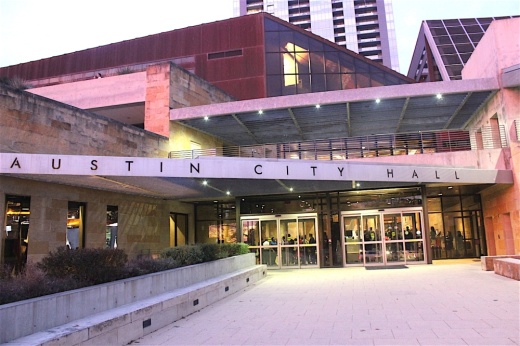The mobility plan is a policy and map that was adopted in 2019 by City Council. The main objective of the plan is to create a multimodal system—walking and bicycle transit—and reduce the number of Austin residents driving in motor vehicles to 50% rather than 74%, according to Cole Kitten, Austin Transportation Department division manager.
In February, the mobility plan team developed a draft of proposed amendments from the feedback received from round one of public comments. In March, the team will be presenting to boards and commissions, and the second round of public engagement will be held. The final draft of proposed amendments is expected to be released in May, and the council will consider approval.
After receiving amendments, three new policies have been added to the plan. According city documents, the policies are:
- Air and Climate Policy 4: Increase the transportation network’s adaptive capacity. The goal of this policy is to make transportation infrastructure and operations more efficient and adaptable to future climate influences.
- Roadway System Policy 6: Support streets as places where people and the community engage in nonmobility activity. The goal of this policy is to promote and support streets as a place where people can freely socialize outside of vehicular activity.
- Collaboration Policy 8: Support larger city efforts for disaster preparedness and emergency response. The goal of this policy is to work with local and regional partners to support and protect the community during all extreme weather events.
In October, a policy survey was sent out to the community. A total of 958 responses were collected.
Residents were asked how strongly they supported the new policies. For Policy 6, 70% strongly supported, 24% were opposed and 6% were neutral. Regarding Policy 4, 71% were in support, 15% were neutral and 14% were opposed. Policy 8 had 80% in support, 11% neutral and 9% opposed. Most of the opposed responses were related to street network amendments, according to city data.
The board did not take a vote or make any recommendations on the mobility plan updates. It will be placed on the agenda at a future meeting. Visit www.austintexas.gov/department/austin-strategic-mobility-plan to provide feedback in round two of public comments.





